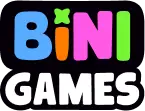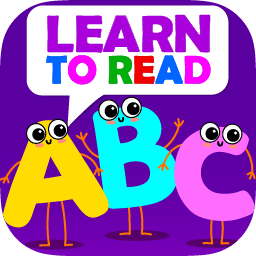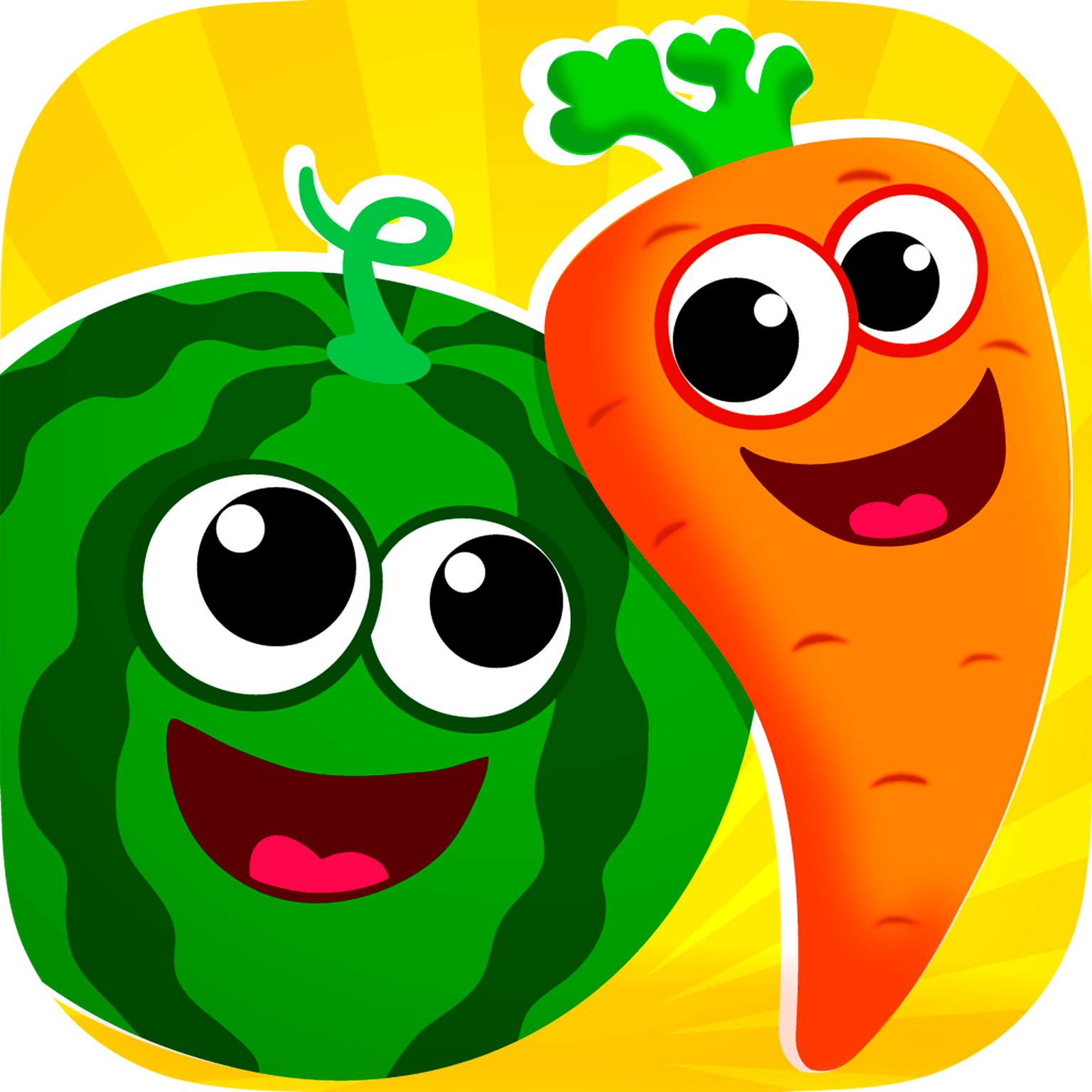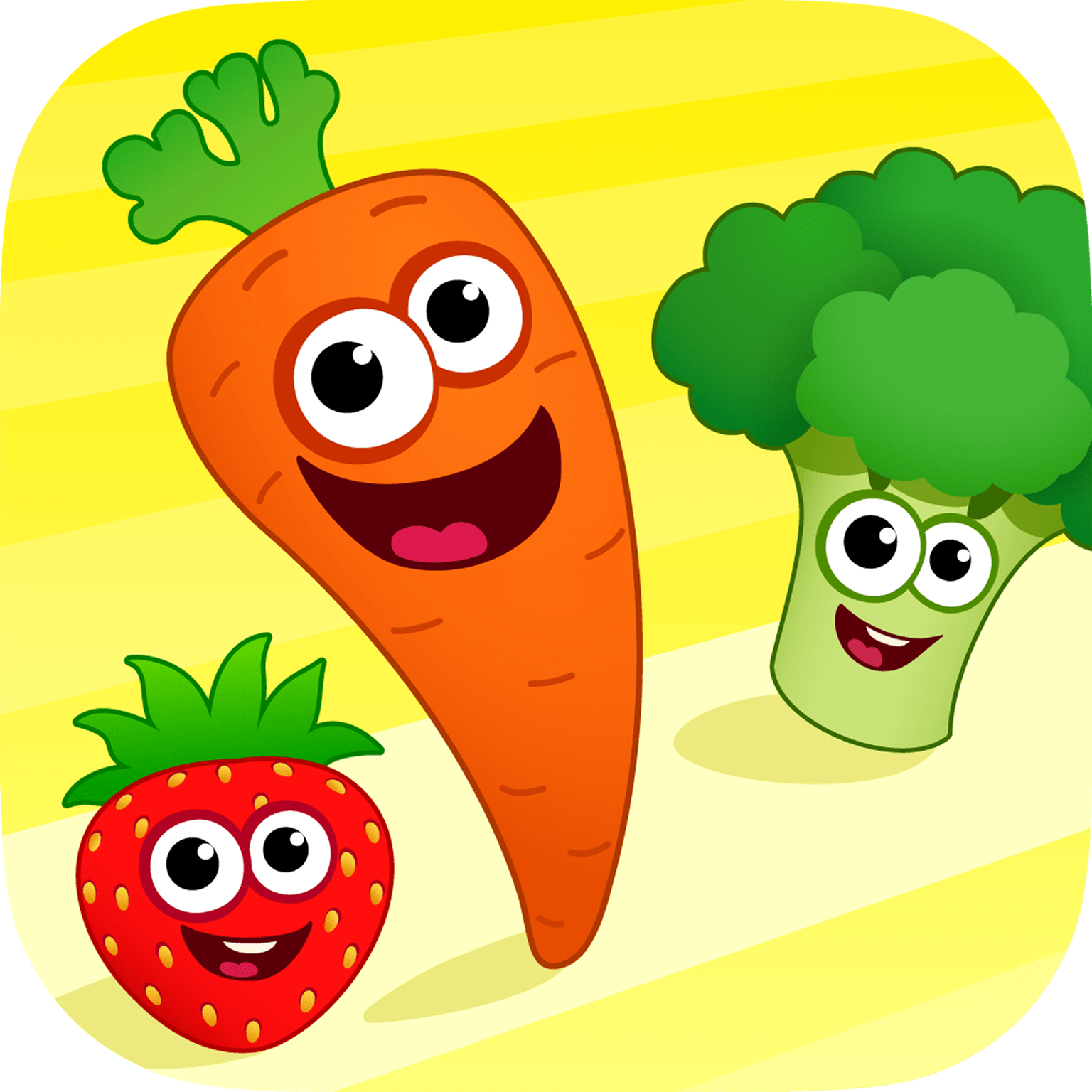Helping kids practice grammar at home isn’t always easy. Worksheets can feel like a chore, and drills? Boring! But what if learning grammar felt more like playtime? With a little creativity, you can turn grammar lessons into exciting games that make learning feel effortless. These fun activities will have your child laughing, thinking, and building strong language skills—all while having a blast together!
Why Grammar Games for Kids Work
Grammar games provide a hands-on approach to learning, allowing kids to explore sentence structure, word usage, and grammar rules in a relaxed and playful setting. Instead of memorizing dry rules, children engage in active problem-solving, creativity, and teamwork. These games not only improve their understanding of grammar but also boost confidence and language fluency. Here are five fantastic games that will make grammar practice feel like playtime!
Five Engaging Grammar Games for Elementary Students

1. Noun Card Challenge
This game helps kids learn new words and build sentences in a fun way.
- Write different nouns, adjectives, and verbs on small cards.
- Mix up the cards and stack them in a pile.
- Each player picks a noun card and finds an adjective or verb that matches it.
- For example, if the noun is “cat,” they could add “fluffy” (adjective) or “jumps” (verb).
- Keep playing until all cards are used.
Make it harder: Sarah, a mom of two, added adverbs and conjunctions to the deck. She challenged her kids to use at least three cards to make full sentences. They had so much fun trying to create the longest and silliest sentences!
2. A-Z Sentence Builder
This activity makes learning grammar fun by letting kids come up with creative sentences, helps kids recognize words and think creatively while practicing grammar.
- Pick a simple sentence pattern, like “A [noun] [verb] [adverb].”
- The first player chooses a word that starts with “A” (e.g., “Alligators attack aggressively.”)
- The next player picks a word starting with “B” (e.g., “Bears bounce beautifully.”)
- Keep going through the alphabet, making funny sentences as you play.
Make it harder: When Mark played this game with his son, he set a theme for each round, such as animals or space. If his son got stuck, he had to act out his sentence to keep the game going. The added movement made it even more fun!
3. Simon Says: Parts of Speech Edition
This game transforms grammar learning into an active, engaging experience that improves word recognition in a fun way.
- Choose a short passage or create a few simple sentences.
- Assign actions to different parts of speech (e.g., jump for verbs, clap for nouns, spin for adjectives).
- Read the sentences aloud, and when a kid hears a specific part of speech, they must perform the assigned action.
- For example, in “The fluffy dog runs quickly,” they clap at “dog” (noun) and jump at “runs” (verb).
Make it harder: Lisa, a homeschooling mom, started reading the sentences faster each round. Then, she added a rule where her kids had to shout the part of speech while doing the action—leading to lots of giggles and quick thinking!
4. Grammar Charades
This game deepens understanding of grammar concepts and turns learning into an exciting challenge.
- Write different grammar rules on cards, such as “past tense verbs” or “adjectives describe nouns.”
- The kid draws a card and must act out the rule using gestures and facial expressions.
- Other players must guess what rule is being demonstrated.
- For example, if the card says “past tense verbs,” the child might act out running in place, then stopping and panting to indicate a completed action.
Make it harder: James introduced a no-talking rule and required his kids to give an example sentence after guessing the grammar rule. His kids loved the challenge and tried their best to act out complex concepts like contractions and homophones!
5. Build-a-Sentence Game
This game encourages collaboration, creativity, and an intuitive grasp of sentence structure.
- Choose a starting player who begins with a noun (e.g., “The dog”).
- The next player adds a verb (e.g., “The dog runs”).
- Another player adds an adjective or adverb (e.g., “The happy dog runs quickly”).
- Continue taking turns until a complete sentence is formed.
Make it harder: Emily’s family took the game to the next level by setting a timer for each turn and requiring players to use at least one preposition or conjunction. If someone got stuck, they had to start a new sentence, which made the game even more exciting!
Tips for Creating Your Own Fun Grammar Games
- Make it joyful! Use colorful props, flashcards, or storytelling to bring grammar to life. Try using letter cards to create words and challenge your child to form silly sentences.
- Incorporate movement. Active learning helps children retain information better. Ask participants to act out verbs or race to find the right word in a category.
- Adjust the difficulty level. Start with simple words and increase complexity as your child improves. Once they master the basics, mark their progress by introducing time challenges or group activities.
- Encourage teamwork. Playing together fosters a positive learning experience. Form a group and let kids take turns building sentences or guessing missing words.
- Celebrate progress. Praise effort and small wins to keep motivation high. Give a fun reward when they successfully complete a challenge—it makes learning feel like play!
Turn Learning into Playtime with Kids Grammar Games!
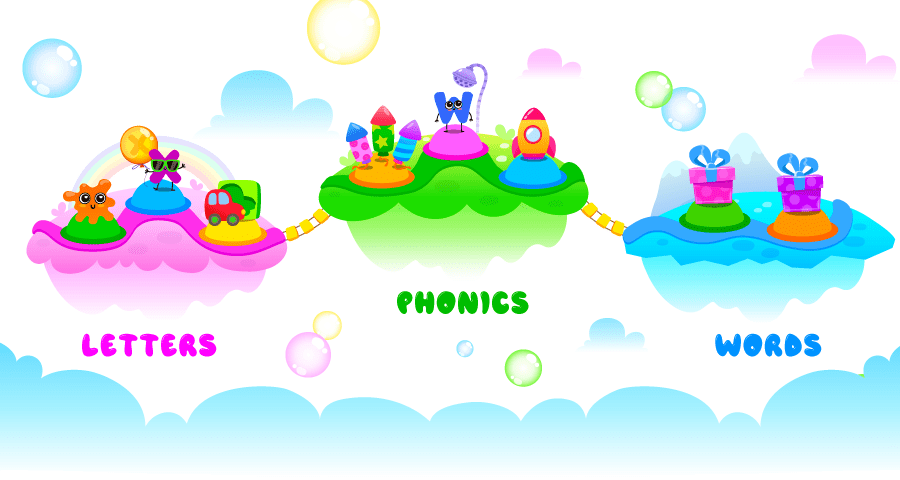
Grammar doesn’t have to be dull or frustrating. By using interactive games, your little student can build essential language skills while having fun. These playful activities will turn learning into an adventure and help boost confidence in grammar. So grab some cards, get creative, and start playing—because the best way to learn is through joy!
